Barkley's Take on Celtics' Iso Plays Misses the Mark: A Closer Look at Their Offensive Strategy
Exploring Charles Barkley's recent comments.
"They're the worst offense I've seen for grown folks. It's like they just give the ball to one guy and go 1-on-1. They win a lot of games because they’ve got talent. What are they doing?…Everybody just stands around. It’s frustrating. Maybe some things will change when Porzingis comes back. They way they play offense right now, they can’t win a championship like that.”
That quote is from Charles Barkley. You can watch the clip from TNT’s postgame show here.
I’m going to ignore the part about not winning a championship. We can revisit that at a later date. What interests me is his take on the Celtics playing an iso-heavy brand of basketball. Chuck is right. Boston’s offense isolates more than most teams in the playoffs. In fact, only the Oklahoma City Thunder isolate more…and it’s marginal.
First of all, an average NBA game has approximately 100 possessions. That’s why most stat models are based on a per-100 model. The Celtics are going iso 13.4 times per game. As the 100 possessions is a combined statistic, that would put Boston’s isolation attempts at 26.8% of their total offense.
Effectively, Boston is isolating once in every four trips up the court. That’s a pretty high number. However, Not all iso possessions are made the same. This season, the Celtics’ modus operandi has been to create mismatches and attack them. Oftentimes, that leads to an isolation play after a favorable switch.
Boston’s teamwork comes in how it generates the mismatch. They move the ball, screen, cut, and sprint into space to find the best matchup and open up the floor to give the isolating player the best chance of success.
Over the past few weeks, we’ve examined multiple screening actions designed to create those types of mismatches. Now, we’re going to examine them again, this time focusing on why isolating certain possessions makes sense.
In the above clip, Jayson Tatum opens the offensive possession with Bam Adebayo guarding him. Tatum sets a wedge screen for Jaylen Brown. That screen forces a defensive switch; it puts Adebayo on Brown and Jaime Jaquez Jr. on Tatum. Kristaps Porzingis then flows into a PnR with Tatum, forcing a second defensive switch from Miami. Suddenly, Tatum had a favorable matchup with Nikola Jovic. Tatum goes iso and attacks Jovic off the dribble, getting all the way to the rack as a result.
I don’t care that he missed that shot. The process was solid. The Celtics hunted a mismatch, and when they got a favorable look, they allowed their best player to attack it one-on-one.
That’s good basketball.
This time, we have Sam Hauser cutting out of the weakside corner (where the Miami Heat would like to hide Tyler Herro) to set a step screen for Tatum. Again, the Heat switched the action, giving Tatum a favorable matchup. So, he goes Iso. He gets to the mid-range, sees the paint is flooded, and Caleb Martin is shading the passing lane to Jrue Holiday. Dirk-style fadeaway for the bucket.
If you’re Tatum, and you have Miami’s worst perimeter defender switched onto you, it makes sense to go one-on-one. I’m not sure how this can be perceived as selfish or unproductive basketball. It’s by design. And the screening that often goes into these actions is far from rudimentary.
I could go on and on about the mismatch hunting the Celtics do, but we’ve all seen it. The question is, what happens when teams decide not to switch?
Well, that’s exactly what the Cleveland Cavaliers did. They fought tooth and nail to play a man-to-man defense. They would “show and recover” on PnR’s. They would switch and then rotate out of the mismatch at pace. Suddenly, the Celtics’ iso offense didn’t look as appealing.
The Celtics have Payton Pritchard operating as an inverted screener on the perimeter. They’re trying to get Jaylen Brown switched onto Sam Merril. Cleveland’s game plan was clear. Have the screeners’ defender show on the PnR before recovering back to his man. The show limits the ball-handlers ability to come over the screen, creating enough delay for the recovery to occur and not leaving gaps to exploit.
Brown ends up stuck with Caris LeVert on this possession, forcing a tightly contested middle with the clock winding down. Tatum was one pass away in the strong side corner but had Max Strus on him, making the pass difficult to pull off under pressure.
Possessions like this, where the switch hasn’t occurred, and the ball has been pounded while the shot clock ticks away, can become frustrating. These are the possessions that garner criticism, and rightly so.
The first question you pose when the defense sticks with man coverage is whether stringing multiple screening actions together can force the defense to bend to your will. After all, this Celtics team has elite scoring talent up and down the roster. Surely, if they flow into more motion, the defense will be forced to abandon their principles…
On this possession, the Celtics started out with a 21-reset (guard-to-guard hand-off followed by a pass to the big man in delay) and then flowed into a slice screen Payton Pritchard. Pritchard then twirls the screen for a STS, getting Tatum onto the strong-side post. Dean Wade stayed with Tatum every step of the way. He didn’t bite on the twirl action. He didn’t switch on the slice. And he ended up guarding Tatum’s post-up. The isolation ends with no bucket.
It was a good process, but bad decision-making in the end. There should have been a slot cut from the weak side or a baseline cut — something to open up a pass for a late-clock attempt at the rim. Nope. The Celtics stuck to their guns and lived with the results.
Ok. We’ve looked at two different examples from two different series. In the first series, Miami switched everything. The Celtics got their mismatches and their offense flowed. In the second series, Cleveland stayed home on screens, and the Celtics were forced to dig a little deeper. As a result, we began to see plays like this.
With the floor spaced out, running slot DHOs was a reliable counter to Cleveland’s defensive system and oftentimes was the only way for the Celtics to generate consistent switches — because the screen following a DHO was enough to put Cleveland into a tough spot. From there, the Celtics were able to generate good isolation actions.
As you can see, when the Celtics are able to follow their process, their isolation play is far from rudimentary. It involves high-level actions that are designed to put the offense’s best foot forward. It’s more than simply handing the ball off to Tatum or Brown — or anyone else — and saying, ‘Go get me a bucket.’
The only other reason their isolation play would be an issue is if they scored poorly. According to NBA Stats, the Celtics were fourth in Isolation possessions per game during the regular season and joint-fourth in points per possession, averaging 1.01 points. Out of the remaining playoff teams, the Celtics score third in isolation, behind the Thunder and New York Knicks.
In three out of four offensive possessions, the Celtics move the rock. They drive and kick. They swing the ball around the perimeter. They hit entry passes. And push the tempo in transition. However, with so much talent on the roster, it’s only logical they try and punish mismatches with consistency and regularity. Barkley is entitled to his opinion. He has played the game at the highest level. However, based on what we’ve seen this season — both in the playoffs and the regular season — this Celtics team is hunting the right type of isolations.
There’s nothing weak or concerning about Boston’s offensive approach. It’s led them to a 72-20 record. If there was a problem, they wouldn’t have been as dominant as they’ve been this season. Still, you’ve got to fill airtime somehow. So, I get it.





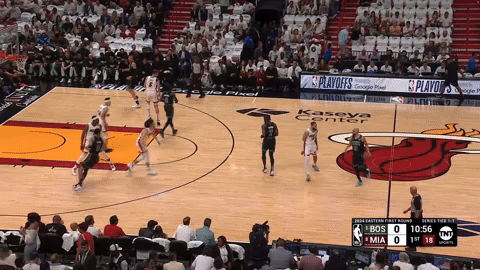
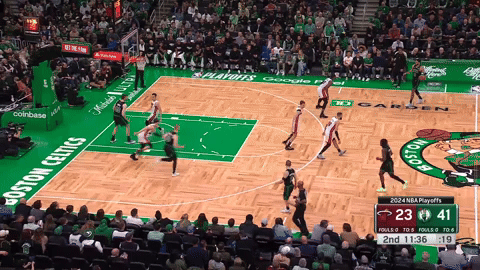
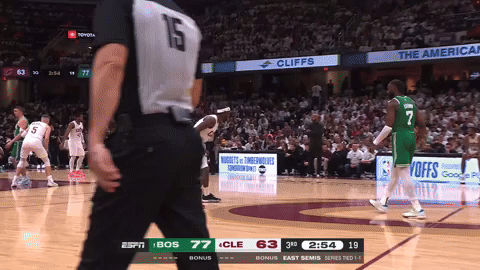
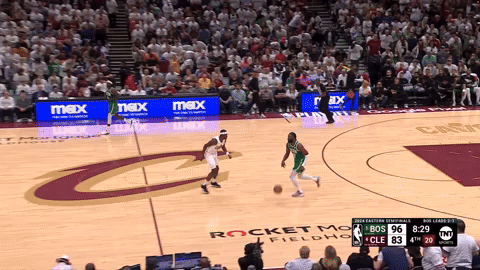
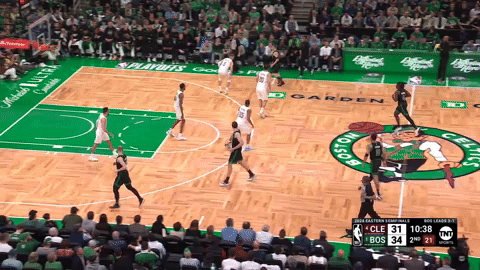
Love the Chuck rebuttal, thanks Adam! The Pritchard action breakdowns are very helpful; I kept seeing Pritchard as the screener, but didn't quite understand all the reasonings/implications.
The issue is _when_ the Cs iso. I’d be interested if you have data on this, but from my perspective, the 1 in 4 possessions are not sprinkled randomly through the game. They are concentrated at the end of quarters and in the 4th. Their points per possession may be high in iso, but it’s not higher than movement, right? So they are running a less effective offense at the most important time. Or am I wrong?